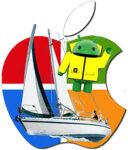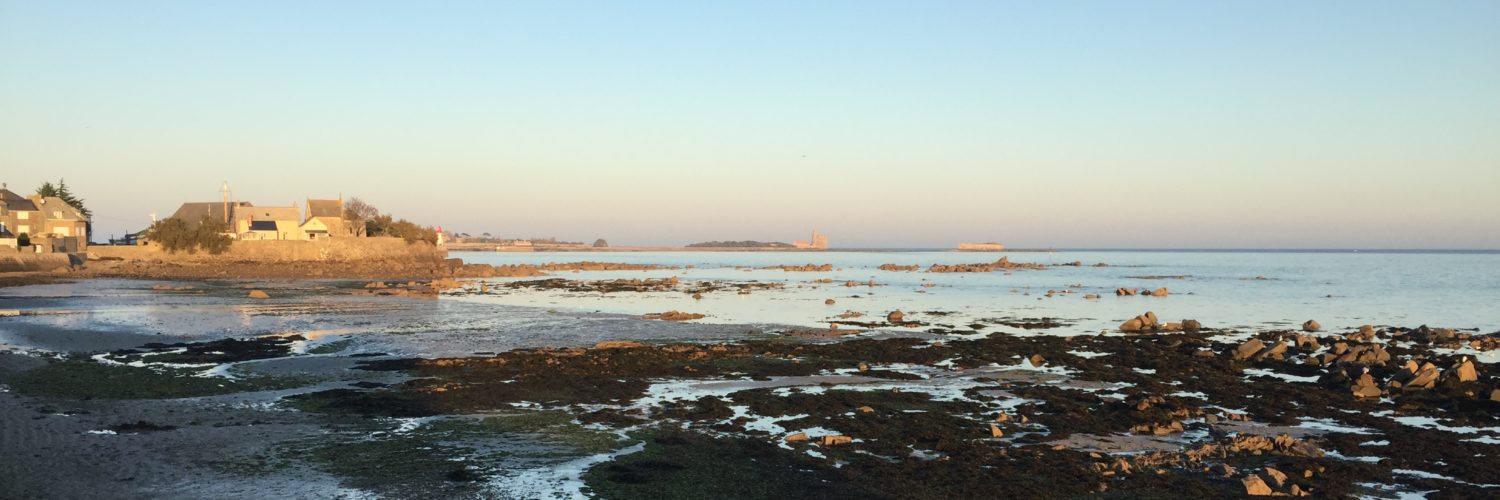 20 years after NMEA 2000 and more than 40 years after NMEA0183, OneNet® is the third generation NMEA standard for marine data interfacing and networking.
20 years after NMEA 2000 and more than 40 years after NMEA0183, OneNet® is the third generation NMEA standard for marine data interfacing and networking.
In development since 2010 by NMEA members (1), to be published in late 2021, the OneNet standard is based on the IP Internet Protocol (2) version 6 (IPv6) and works on the IEEE Ethernet local network 802.3. This new standard aims to combine the three NMEA data standards — OneNet, NMEA 2000, NMEA0183 — on a single local network (LAN).
Le concept
From the outset, NMEA OneNet was designed to complement and extend the capabilities of NMEA 2000, and not to replace it, adding its benefits to an existing NMEA 2000 network. All OneNet application protocols, such as PGN messages (4), are intended to use the standard IPv6 network protocol. This allows OneNet to coexist with other protocols and services that operate in parallel on the same network, including other maritime standards such as IEC 61162-450 (3). The standard also specifies mechanisms for connecting OneNet networks, NMEA networks 2000 and other networks using dedicated gateways. As for NMEA 2000, all OneNet products must be certified by the manufacturer and verified by the NMEA.
The advantages of architecture
- With a range of transfer speeds to 10 Mbit/s to 10 Gbit/s Ethernet is approximately 400 down to 40.000 times faster than NMEA 2000. OneNet thus provides support for high-bandwidth applications such as data transport Radar, Video and Sonar.
- Allowing a much larger number of potential devices (addresses), OneNet makes it possible to create larger and more complex networks than being limited to 252 addresses with NMEA 2000.
- With Power over Ethernet (PoE), each OneNet device can be powered separately up to 25,5 watts directly from Ethernet switch, which brings greater power supply power.
- Ethernet is a ubiquitous technology used everywhere, in private homes as well as in industrial environments, and therefore very appropriate. Many marine electronics manufacturers already use Ethernet networks, like Furuno.
- In addition, OneNet has no limit on the number of PGNs (4). While NMEA 2000 is limited up to 411 standard PGNs and up to 512 proprietary PGNs, OneNet has no significant PGN threshold.
Compatibility
NMEA OneNet is designed to work seamlessly with NMEA 2000 (data messages being identical) and with NMEA 0183 via a gateway (data messages requiring conversion). The NMEA network interconnection diagram below shows how the different gateways connect : OneNet gateway to NMEA 0183, OneNet gateway to NMEA 2000, NMEA 2000 gateway converter to NMEA 0183. Gateways significantly reduce network upgrade costs by eliminating the need to replace existing devices.

➀ Ethernet Hub ② OneNet gateway to NMEA 2000 ③ NMEA 2000 Wi-Fi gateway ④ NMEA 0183 gateway converter to NMEA 2000
The diagram above only shows the system architecture. The footbridges shown are illustrative only. They should be OneNet certified to truly integrate into the network.
Security
NMEA OneNet has made security a priority from the beginning of its development. It uses a security model in which the user creates a network OneNet Secure Network and then adds OneNet applications to this network using a process called "pairing" to create a robust secure data network.
Chaque application OneNet (running on a physical device) must pass NMEA certification tool testing in order to obtain a certificate that can be used in a secure OneNet network. If the physical device, such as a tablet or cell phone, is not NMEA OneNet certified, the OneNet application running on it must be NMEA certified to be able to join a secure OneNet network and access the data it contains. However the OneNet network can possibly be left in an open state (not secure) to allow the use of non-certified devices if the user wishes.
To conclude
This new standard will certainly only concern “large pleasure boats” in the future., i.e. large units equipped with numerous instruments, sensors and peripherals of all kinds : large offshore racing sailboats, charter units, yachts deluxe. Le standard NMEA 2000 a mis 15 years to be adopted on pleasure boats less than 20 meters high, starting with the largest and ending up today on the smallest units, from 25 and 50 feet. It will take many more years to see the OneNet standard spread.
 I have, for my own, a question regarding the use of Ethernet network : it's about the wiring. If Ethernet cables have become very cheap, thanks to a huge manufacturing volume for decades, with regard to NMEA 2000 cables particularly expensive, they have a weak point. Even in a shielded version, which gives them excellent robustness, common RJ45 connectors unfortunately remain very exposed to corrosion in a marine environment. I don't see how we can ensure the perfect waterproofing of it like the NMEA 2000 connector provides. To date, I did not find any information from the NMEA on what seems to me to be the “weak link” of the system.
I have, for my own, a question regarding the use of Ethernet network : it's about the wiring. If Ethernet cables have become very cheap, thanks to a huge manufacturing volume for decades, with regard to NMEA 2000 cables particularly expensive, they have a weak point. Even in a shielded version, which gives them excellent robustness, common RJ45 connectors unfortunately remain very exposed to corrosion in a marine environment. I don't see how we can ensure the perfect waterproofing of it like the NMEA 2000 connector provides. To date, I did not find any information from the NMEA on what seems to me to be the “weak link” of the system.
–––
(1)See Glossary
(2) Internet Protocol : universal internet communication protocol
(3) AFNOR international standard
(4) PGN : Parameter Group Numbers specific messages from NMEA data 2000
–––
Related articles :
Wiring NMEA 0183, not so easy !
NMEA 2000, a network standard of the future
–––


In most industrial applications in aggressive environments, so-called M12 network connectors are used to replace RJ45.
Obviously, this can be a hindrance to development, because it is more expensive than RJ45, and standard equipment with RJ45 sockets is not compatible unless an adapter is used.
There are indeed shielded Ethernet cables Category 5 (1Gbps) IEC standards 60332-1, Equipped with M12-5 contact barrel screw lock connectors, IP67 protection rating waterproof up to 1 meters. This would require OneNet approved devices to have this type of connector, at a price unfortunately equivalent – or even higher – than NMEA connectivity 2000.
Bonjour,
I confirm for the connection. In a humid environment, distribution of drinking water is a problem. So at sea….